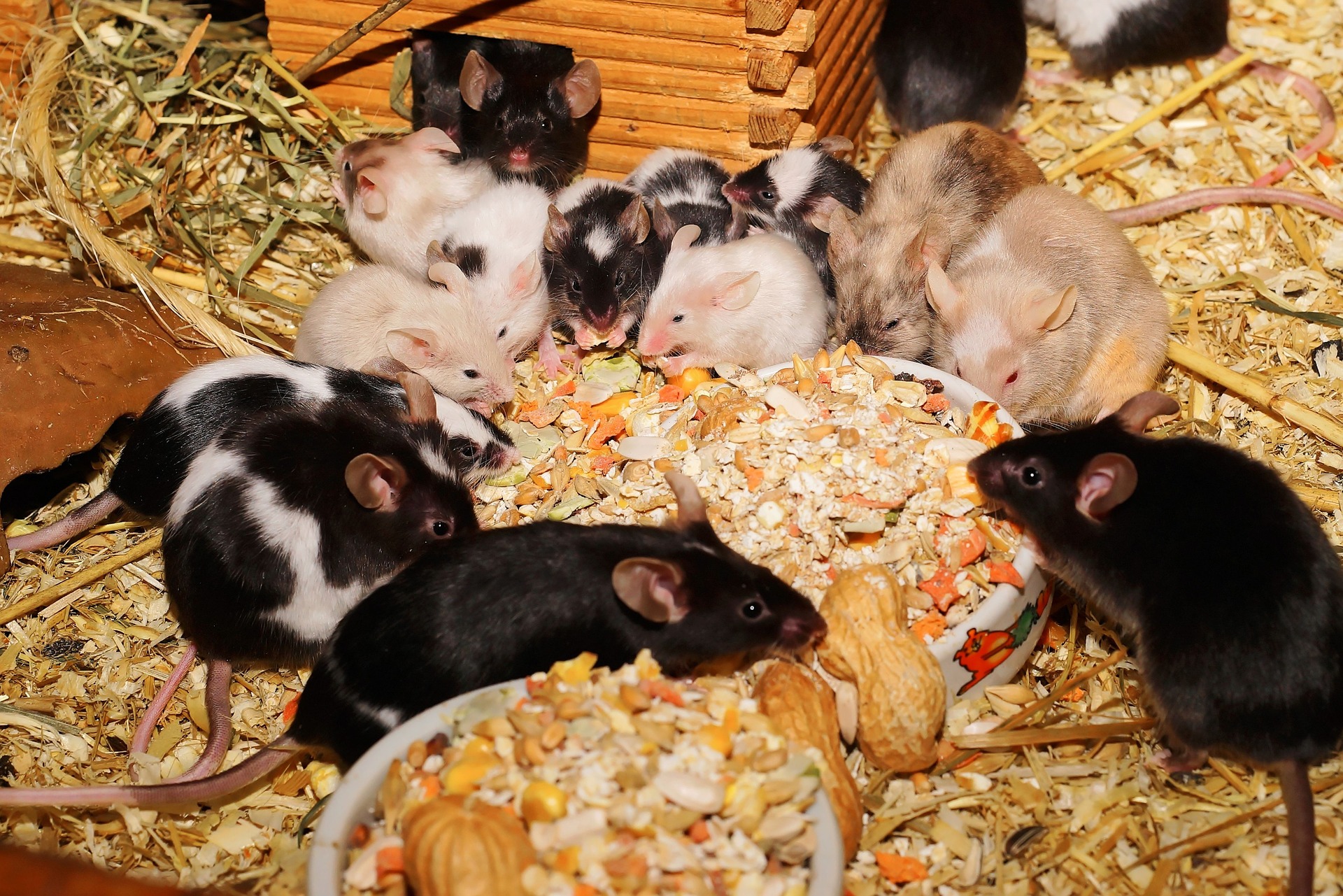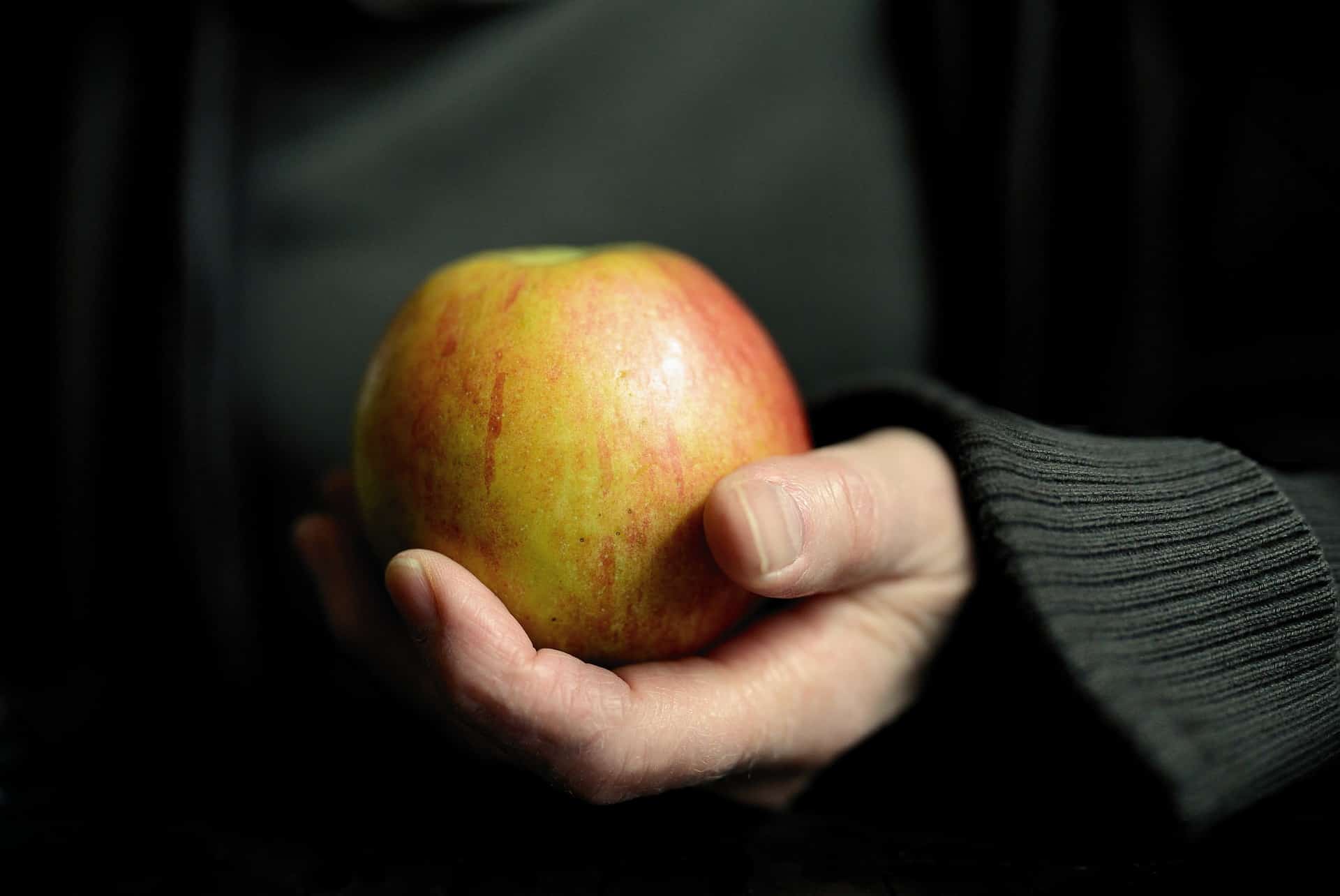
According to the Robert Koch Institute (RKI), around 12,000 people in Germany contract a form of leukemia every year. Six percent of these are children under 15 years of age. A statistic provided by the German Cancer Society shows that approximately 10 percent of these suffer from CML, approximately 50 percent from CLL, and approximately 40 percent from acute forms of ALL and AML.
Acute Lymphoblastic Leukaemia (ALL) occurs most frequently in children aged three to seven years old as well as in young adults. In contrast, Acute myeloid leukemia and Chronic Myelogenous Leukemia (AML and CML) are most common among middle-aged and elderly adults; chronic lymphatic leukemia (CLL) mainly occurs in people over the age of 50. People between the ages of 60 and 70 are most likely to be affected by a form of blood cancer, with men more susceptible to the disease than women.
Chances of survival have improved
Although the chances of survival in leukemia cases have improved significantly in recent decades, the five-year survival rate is still only about 40% on average. Whether or not a patient survives is largely dependent on the type of leukemia (acute or chronic). Children have the best prospects, with figures between 80% and 85% being achieved nowadays.
As is the case with other types of cancer, chemotherapy is the first line of treatment. Then comes induction therapy and finally consolidation and maintenance therapy. Scientists from the Friedrich-Alexander-University Erlangen-Nuremberg (FAU) in Germany have now found another alternative method that at least improves the chances of recovery through a special diet.

Researchers from the FAU’s Department of Genetics, the Medical Clinic V and the Department of Paediatric Oncology and Haematology at the Universitätsklinikum Erlangen (University Clinic Erlangen, Germany) have studied the mechanisms of how a particularly aggressive type of leukemia develops – one that occurs mainly in children, although occasionally also in adults. They were able to clarify how the affected blood cells could reproduce abnormally fast.
Special food is effective in animal models
“The genetic mutations in the leukemia cells force them to divide endlessly and rapidly,” explains lead researcher Prof. Dr. Robert Slany from the FAU’s Department of Genetics. “And although they are able to adapt their metabolism, this also leads to an increased need for certain protein components, which the malignant cells also have to obtain from the blood.”
The scientists were then able to exploit this effect in the animal models and significantly slow down the progression of the disease by using a special diet that does not contain the protein components that the leukemia cells need. This specific diet on its own would have enabled them to achieve results “that could otherwise only be achieved by administering highly effective chemotherapeutic preparations.” The researchers are currently exploring to what extent this strategy can also be used in clinics. Prof. Dr.
Robert Slany and his colleague have published the results of their study in the academic journal “Blood Advances.“







